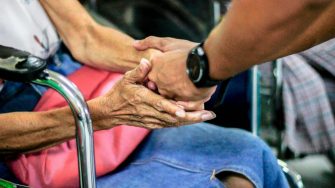It takes a village: why resettling refugees should be a community effort
Australia is seeking to resettle more refugees through new initiatives. But how does this benefit our nation, and regional areas in particular? The Kaldor Cente is leading new research to shape solutions.

